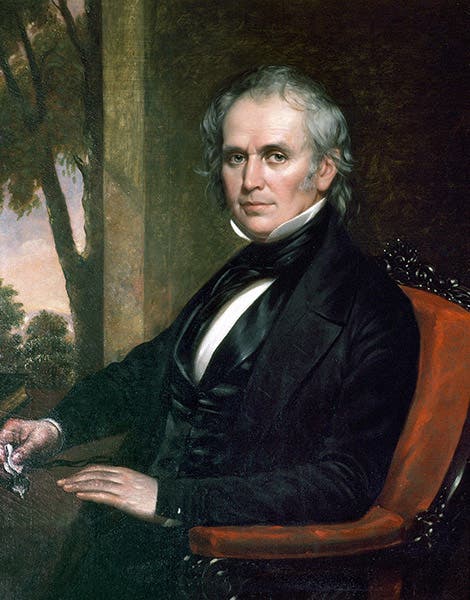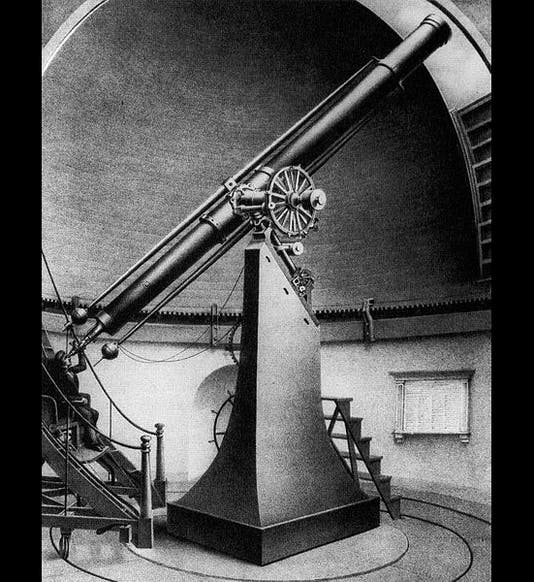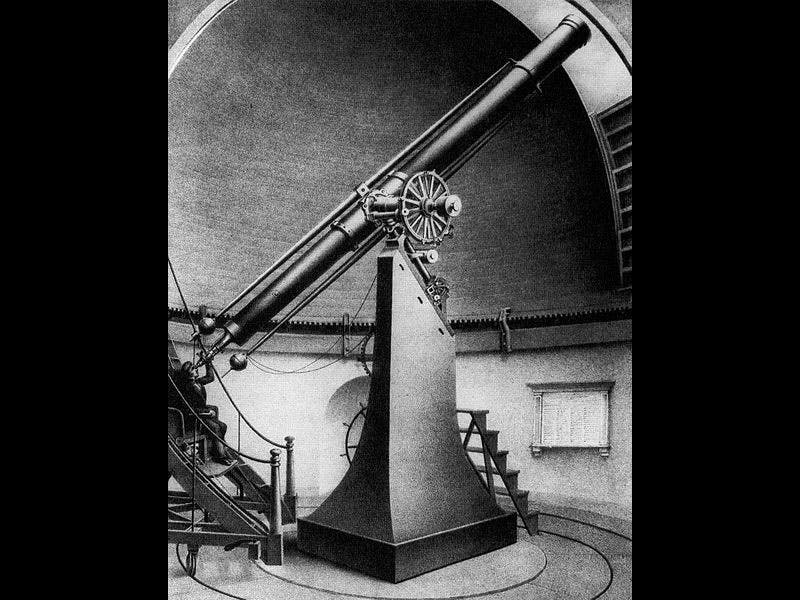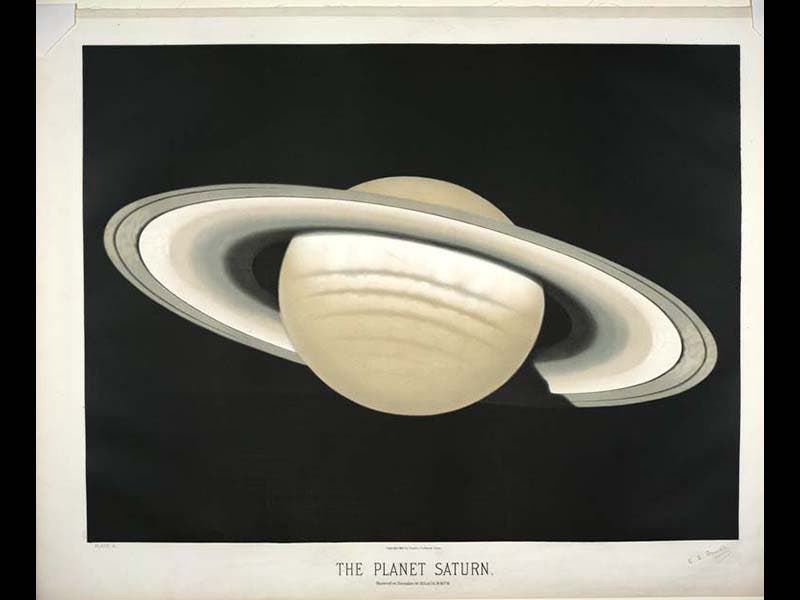Scientist of the Day - William Cranch Bond
William Cranch Bond, an American instrument maker and astronomer, was born Sep. 9, 1789. In 1839, Bond became the first director of a U.S. astronomical observatory, when he was appointed by Harvard College to head up their new observatory. He received no salary, and he had no instruments, but he did have a building, even if there was nothing in it. Four years later, by good fortune, a brilliant comet appeared in the heavens and nearly collided with the sun. Bostonians and Cantabrigians were shocked when they learned that there was not a single telescope in the Boston area that could be used to track the comet. Within months, a number of benefactors and town fathers had raised $20,000 to build a real observatory and another $10,000 to commission the finest telescope in the world to install within. The Great Refractor, as it was called, was built by Merz and Company in Munich, Germany, had a lens 15 inches across (there was none larger at that time), and opened for business in 1847 (see first image above) . In those heady days, Harvard College Observatory was the finest in the country.
With his new telescope, Bond was one of the first to observe the “crepe ring” of Saturn. This was in 1850, when Bond was looking at Saturn with his son George (who would later succeed William Cranch as the second director of the Harvard Observatory). They saw what at first appeared to be a ring shadow on the surface of the planet, but further observation showed it to be a dusky inner ring, a third ring to go with the two rings already known. (Two English observers made the same discovery independently, but this is Bond’s birthday, so they can just wait their turn.) The lithograph of Saturn above (second image) was made by Etienne Trouvelot in 1874, after viewing Saturn through the 15” Harvard refractor; Bond’s crepe ring is the dark innermost ring. You can see why it would be easy to mistake for a shadow.

William Cranch Bond, painting by Cephas Thompson, 1849 (https://timeandnavigation.si.edu/)
One of Bond’s other legacies is an oil portrait that is hangs in a hallway at the Smithsonian Astrophysical Observatory at Harvard (third image). One wishes all scientific portraits were this handsome.
Dr. William B. Ashworth, Jr., Consultant for the History of Science, Linda Hall Library and Associate Professor, Department of History, University of Missouri-Kansas City. Comments or corrections are welcome; please direct to ashworthw@umkc.edu.








